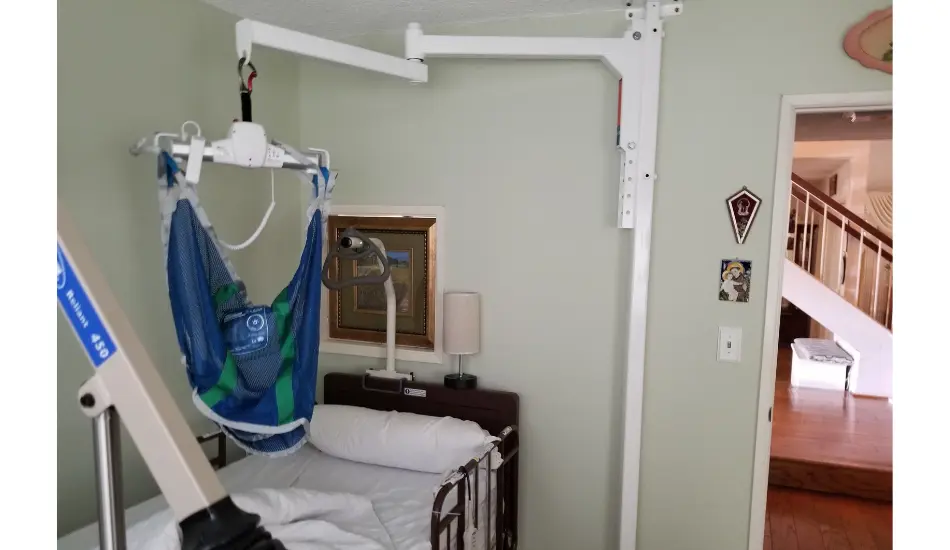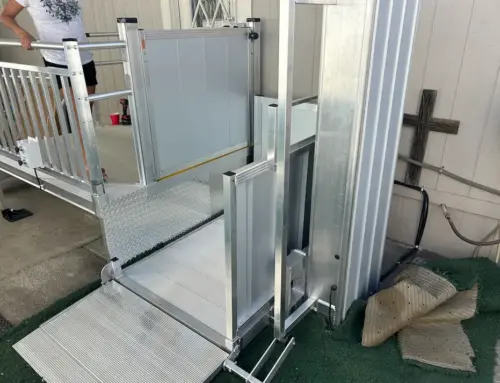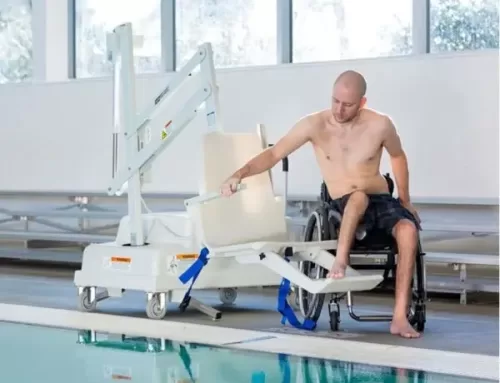Imagine a world where even the simplest daily tasks like walking or reaching for an object become impossible challenges. For people with disabilities or mobility issues, this is an unfortunate reality. You can be someone who has been struggling to navigate around. Or, you may have a close person or an elderly at home having such difficulties. Thankfully, assistive devices have become lifelines that make it safer to move around and encourage independence.
What can be overwhelming and confusing is choosing the right assistive device. There are a number of options available on the market, so you need to understand your needs and find suitable solutions that focus on safety without compromising comfort.
In this informative piece, we will explore different types of assistive devices and recognize the common concerns faced by individuals searching for mobility-enhancing products. Let us help you make an informed decision for more safety and freedom.
Types of Assistive Devices
Assistive devices come in all shapes and sizes, and they can meet a wide range of mobility needs. Simple but extremely useful products like canes or handrails around the home have been there for a long time. Now, we see advanced gadgets with remarkable features that make everyday life easier for individuals with disabilities or limited mobility.
-
Automatic Door Openers
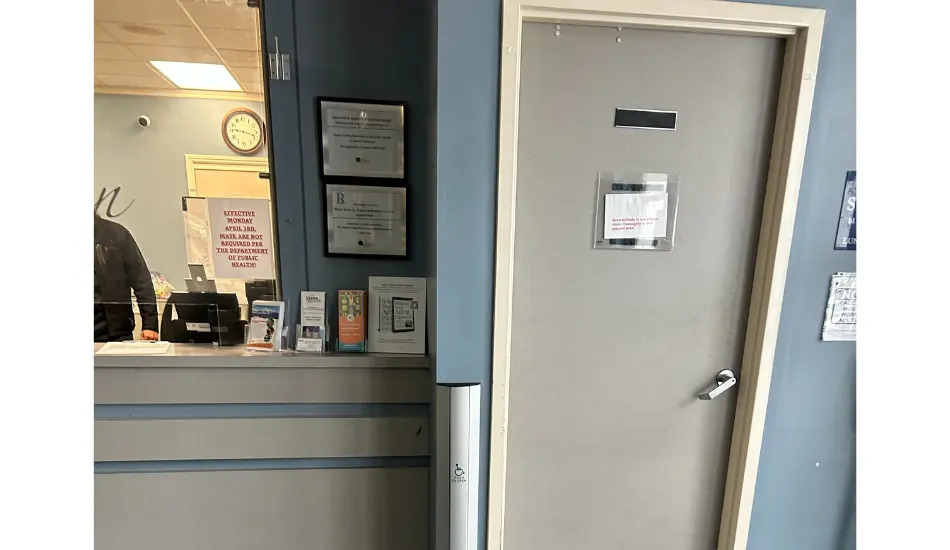
With just the push of a button, automatic door openers can open and close doors without any trouble, making entry and exit much easier. They can even hold the door open to give users enough time to pass through safely. You will also find some of them featuring voice control or motion-sensor detectors. It’s all about promoting effortless accessibility.
-
Lifting Chairs
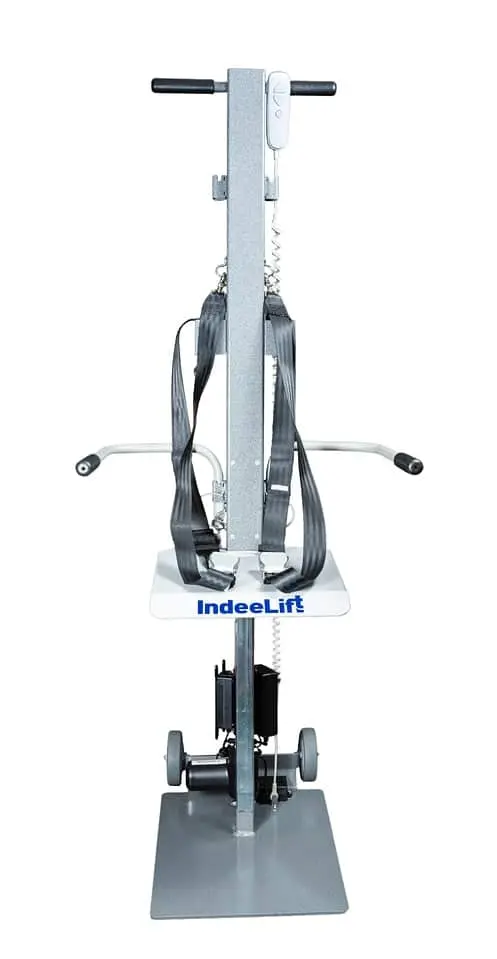
Lift chairs are meant to let people sit down and stand up from a seated position. They include a motorized system that elevates the individual gently, easing pressure on their joints and muscles. For persons with limited movement or strength, these chairs give comfort, support, and freedom. For seniors or the elderly, lift chairs can be particularly valuable because they lessen the risk of falls and, at the same time, promote better blood circulation in their legs.
-
Bath Safety Devices

The bathroom is one of the riskiest places to slip and fall. So, bathroom safety is a serious issue. There are several assistive devices available that can greatly reduce the risk of accidents.
- Bath Lift: A bath lift gently lowers and raises a person into and out of the bathtub with ease. It provides extra stability during bathing time.
- Bath Transfer Chair: This chair allows individuals to transfer in and out of the tub or shower safely. They don’t need to step over high edges, which means less risk of falling down.
- Non-Slip Coating: Applying non-slip coating on bathroom surfaces adds another layer of protection against slips and falls. The coating works by increasing traction under wet conditions.
- Shower Chairs: These chairs provide a comfortable seating option for those who cannot stand in the shower for long periods.
- Super Pole: The super pole is a floor-to-ceiling support pole with different attachments like grab bars or trapeze handles. The product gives additional stability when getting in/out or moving around within tight bathroom spaces.
- Walk-In Tubs: Walk-in tubs feature a low-threshold door. This door allows easy access without stepping over tall ledges that are found in traditional bathtubs. It’s an ideal choice for seniors or individuals with mobility challenges looking for enhanced safety during bathing.
These are only some examples of gadgets that are on the market. According to your particular needs, you will also find other useful tools for bathing purposes.
-
Indoor and Outdoor Stair Lifts
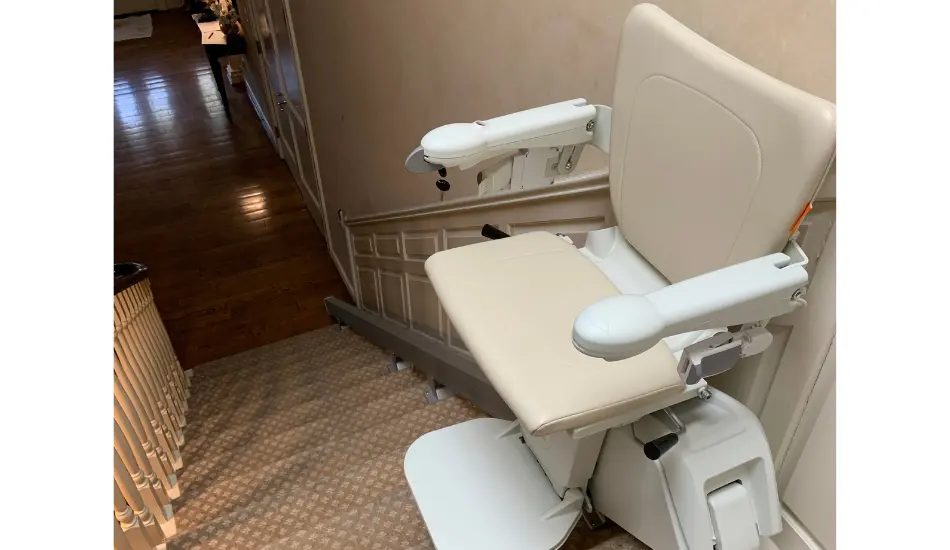
Indoor and outdoor stair lifts are ingenious inventions that enable individuals with mobility challenges to easily navigate stairs, both inside and outside their homes. They work by gliding smoothly along a track installed on the staircase. It makes sure the user experiences a safe and comfortable ride up or down. These devices come with various safety features, such as seatbelts and swivel seats for ease of use.
-
Handrails
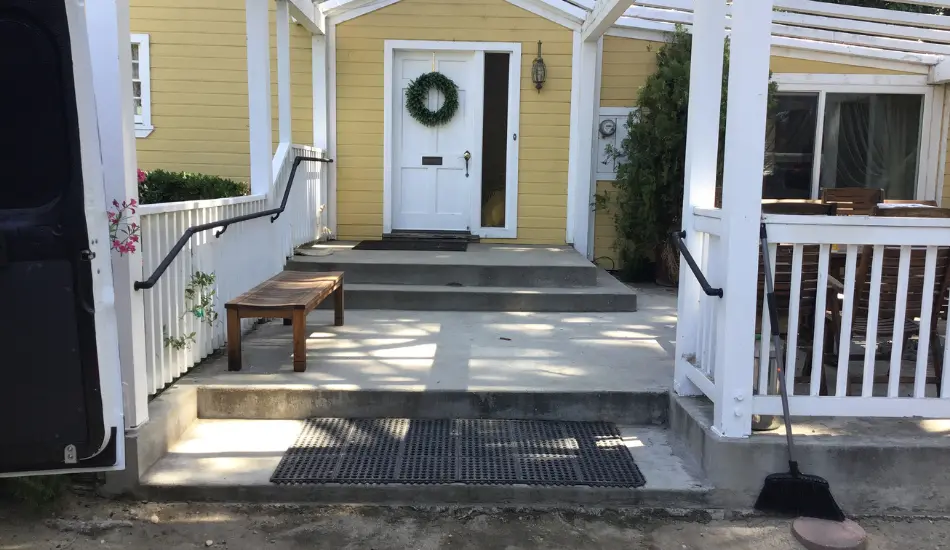
Handrails are a classic and essential assistive device that provides stability and support, especially on staircases or in bathrooms. These strong bars may be put along walls to assist people in keeping their balance when walking or climbing steps. They provide a firm grip for people as they move around their houses, ensuring their safety.
Handrails can help an older adult with mobility issues or someone recovering from surgery maintain liberty while promoting safety in general.
-
Patient Lift System
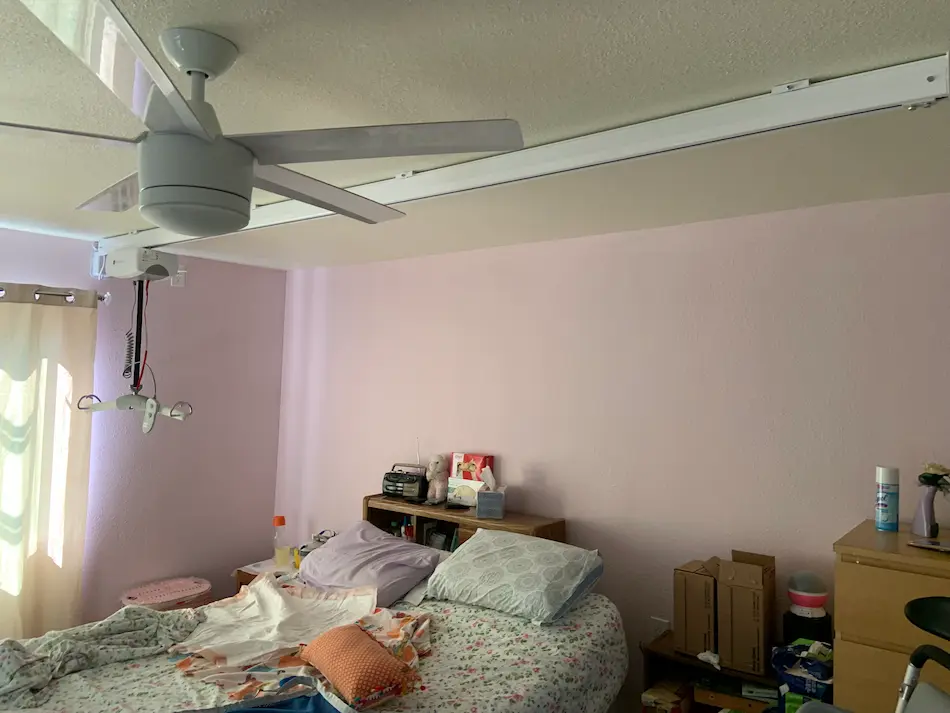
A patient lift system is a valuable tool for people who struggle with mobility and for their caregivers, too! It allows safe and smooth transfers from beds, chairs, or wheelchairs.
The device typically consists of a sling that supports the individual’s body. And there’s an automatic lifting mechanism powered by electricity or hydraulic systems. With minimal effort from the caregiver, the patient is lifted gently and easily transferred to another location.
Factors to Consider When Choosing an Assistive Device
When it comes to choosing an assistive device for mobility safety, it’s not just about a device that helps with physical support. It’s also essential to ensure individual needs assessment, lifestyle compatibility, and the presence of necessary safety features.
-
Individual Needs Assessment
Every individual’s needs are unique when it comes to mobility. Consider factors such as the level of impairment, specific disabilities, and personal preferences. One person may require a wheelchair for full-time assistance, while another might benefit from a cane or walker for occasional support.
-
Lifestyle Compatibility
It’s important to choose an assistive device that seamlessly integrates into your lifestyle. For example, if you enjoy spending time outdoors or traveling frequently, a lightweight and portable device like a foldable wheelchair or a compact mobility scooter might be more suitable. On the other hand, if you primarily need support within your home, options such as grab bars or stair lifts could provide convenience and safety in navigating different areas of your house.
-
Safety and Comfort Features
Safety and comfort features play a crucial role in the selection of an assistive device. You should look for devices that offer stability, balance, maneuverability, and adjustable features.
You must address the device construction and weight-bearing capacity to ensure safety during use. When you prioritize these features, you can greatly improve the overall experience of using a support device while promoting mobility safety for individuals who need it most.
Assessing Safety Features
When picking out a mobility aid, it’s important to look at the safety features first. Stability and maneuverability are two important things to think about.
-
Stability and Balance
When you examine a potential device, stability and balance should be the first things that come to mind. Carefully review its design to make sure it is strong and made of quality materials that can support your weight. Also, think about how much weight it can hold and make sure it meets your needs without losing its steadiness.
-
Maneuverability
The ability to turn is also very important, especially for people who have wheelchairs. Keep an eye on these devices’ moving radius; a smaller radius makes it easier to move around in small areas. Also, features that can be changed, like the height of the seat or the position of the handlebars, make things much more comfortable and easy for the user.
Remember that everyone has different needs regarding mobility. So, take into account what will work best for you by looking at factors such as home layout or outdoor terrain conditions.
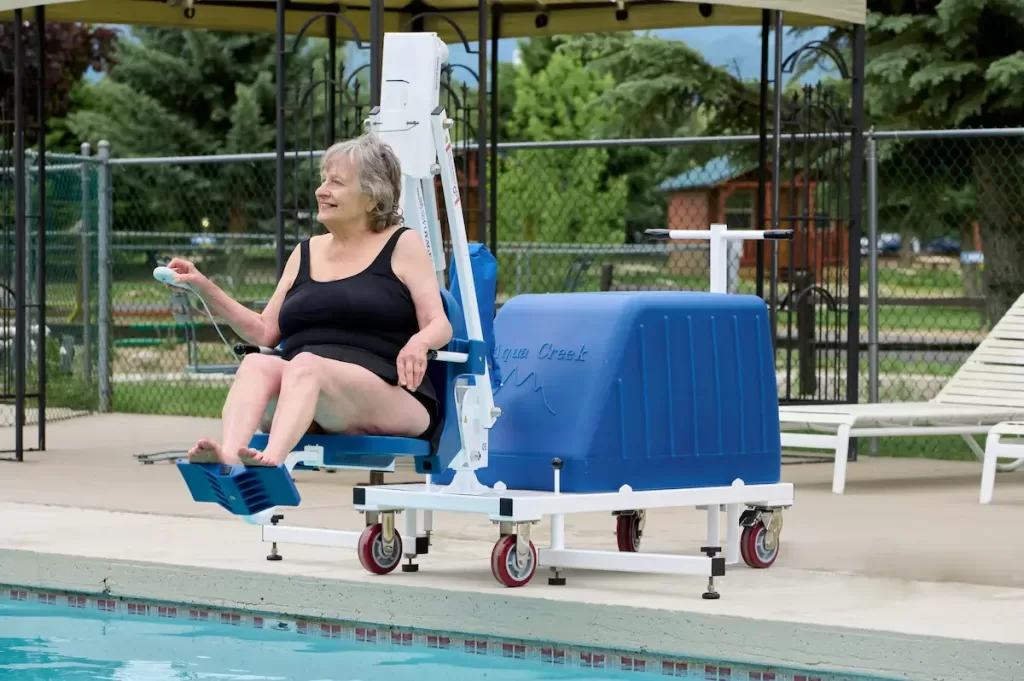
Consultation with Healthcare Professionals
Your healthcare professional must have a say on what type of device you should be looking for. They have the expertise and experience to guide you towards options that will best fit your necessities.
Occupational therapists and physical therapists are valuable resources in this process. They can look at your special requirements and make suggestions based on what they know about the assistive technologies that are out there.
It’s important to seek skilled advice because what works for one person may not work for another. Healthcare specialists focus on individual capabilities, lifestyle, and living environment before making any suggestions.
By including healthcare professionals in the process of deciding what to do, people can feel more confident that they are getting personalized advice from professionals who care about their health.
Budget Considerations
Budget is absolutely important. You want it to be a successful investment, so plan the budget well. It’s critical to understand the initial purchase price of the device. Also, think about the maintenance expenses that may appear in the future.
At first look, certain products may seem cheaper, but over time, they may need more repairs or new parts, which will cost you extra in the long run. Buying high-quality devices from reliable manufacturers, on the other hand, can make sure they last longer and lower the cost of ongoing upkeep.
It’s also worth looking into insurance coverage options or government assistance programs that might help pay part of the costs of assistive equipment. Studying different sources of funding will provide you with a thorough picture of what is available and how it matches your financial requirements.
User Reviews and Testimonials
Hearing from others who have used similar products for mobility safety can provide valuable insights. User reviews and comments give you first-hand information that can help you make a smart choice.
-
Online Reviews
Online reviews are very helpful because they let you see a lot of different people’s thoughts and feedback. Users can rate and review different assistance devices based on their own experiences on sites like Amazon or other related websites. Pay attention not only to the overall rating but also to read individual comments, noting any concerns coming up again and again.
-
Local Support Groups
Another great place to get information is from local support groups. People who are going through similar problems are often in these groups, along with caregivers and healthcare experts who can share what they know and what devices they suggest. By joining these groups, you can hear real-life stories from people who understand your situation intimately.
When you do your research, keep in mind that even though user reviews are important, everyone’s experience may vary depending on factors such as individual needs or preferences.
Where to Purchase Assistive Devices
Find a reputable provider that offers top-quality assistive gadgets- that’ll give you assurance and peace of mind. One such provider is Call Before You Fall – an established brand committed to enhancing your safety and independence.
You can get everything you need, from automatic door openers to bars, patient lift systems, bath safety devices, lifting chairs, and indoor/outdoor stair lifts from Call Before You Fall. Our products are made with the greatest care and attention to safety and comfort for the user.
Call Before You Fall is the best place to get all of your support devices because we know a lot about mobility solutions and care about making sure our customers are happy. Visit our website to explore our products that can improve your daily life while ensuring maximum mobility safety.
Conclusion
To conclude, choosing the right mobility assistive devices is important for promoting freedom and making sure that your home is safe. You can make smart choices by thinking about your own needs, talking to healthcare experts, checking out safety features, and reading reviews and comments from other users.
When getting an assistive aid, don’t forget to put things like safety, flexibility, and cost at the top of your list. Here at Call Before You Fall, we’re committed to giving you the best mobility safety goods that fit your needs.
Take charge with trusted support for mobility from the top provider Call Before You Fall! Reach out to us to get professional help finding out the best assistance devices for YOUR needs.

